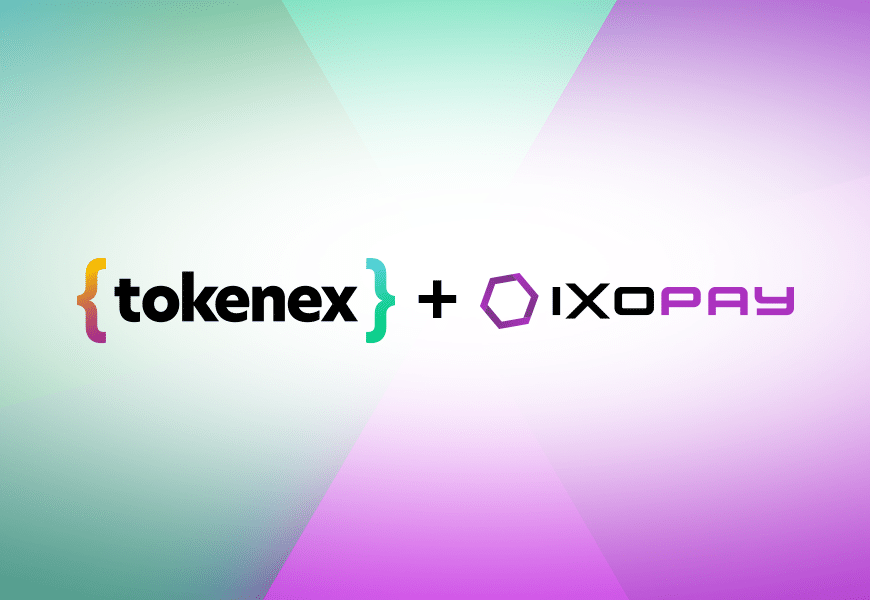The Frictionless Payment Experience: The Secret to Increasing Conversions and Reducing Fraud
Quick Hits:
- Frictionless payments utilize technological advancements to increase the speed of the payment process while reducing security risks and increasing customer satisfaction.
- There are many kinds of frictionless payments, including mobile wallets, mobile apps, NFC contactless cards, and QR code checkouts.
- Frictionless payments are increasing in popularity as they provide a secure payment process that saves both the merchant and the customer time, increases conversions, and increases customer satisfaction.
What are Frictionless Payments?
Frictionless payments are payments that reduce the struggles associated with the regular payment process. Frictionless payments reduce the steps required to secure payment in order to make payments quick and easy for both the customer and the merchant. There are many different types of payments that qualify as frictionless payments, including payments that utilize digital wallets or NFC technology.
For a payment to be considered frictionless, it must significantly increase the ease of the payment process. The window of time between a customer deciding to buy and the customer completing the purchase should be as short as possible. This is typically done by speeding up the checkout process or reducing the steps needed for a payment to be completed.
Not only do frictionless payments enhance the customer experience, but they also decrease abandoned carts and increase conversions. Additionally, frictionless payment methods utilize the newest technology to increase the security of the payment ecosystem.
What Technology is used in Frictionless Payments?
Many kinds of technology are used to enable frictionless payment, but a few are near universal. Here are a few to look out for:
- Tokenization – Tokenization is used to secure cardholder information by swapping sensitive data with a nonsensitive token. Tokens ensure that personal information is kept safe, even if the token is stolen. Many forms of frictionless payment use tokenization to send cardholder information quickly and securely.
- NFC (Near Field Communications) – NFC technology allows mobile wallets or cards to communicate cardholder information with point-of-sale terminals. NFC payments increase both the security and speed of payments, which is why they are often integrated into frictionless payment methods.
- Mobile Wallets – Whether the mobile wallet is Apple Pay, Google Pay, or Samsung Pay, more and more customers are using mobile wallets for their payments. The ability to run to the store and check out with a smartphone has become the new standard of convenience that many customers expect.
While every frictionless payment method may not employ tokenization, near-field communication or mobile wallet technology, these technologies are common to most frictionless payment methods.
Examples of Frictionless Payments
There are many different frictionless payment methods, most of which are rising in popularity. Here are a few of the most prominent:
Mobile Wallets
Mobile Wallets use NFC technology to turn smartphones into functional wallets. Apple Pay, Google Pay, and Samsung Pay offer frictionless mobile payments to give their customers a seamless payment process. The customer’s smartphone will store their credit or debit card information and transfer the information via NFC to point-of-sale terminals when prompted. This enables many customers to utilize their biometrics as an additional layer of security for their payments.
If you utilize mobile wallets for frictionless payments, they must adhere to PCI compliance rules. If you’re worried about compliance concerns for a mobile wallet, check out our blog on mobile wallets and PCI compliance here:
Mobile Apps
More and more companies are offering curated app experiences for their customers to order and pay with. Some apps, like the Starbucks app, even allow customers to add money to their mobile app so ordering takes even fewer taps. Mobile apps allow businesses to streamline and enhance the customer experience, making payments even quicker with stored payment details or funds.
NFC Cards
Mobile wallets aren’t the only devices that use NFC to create a frictionless payment experience, in fact, many card brands offer cards that integrate NFC technology into their card chips. These contactless cards offer a slightly faster and safer payment than a chip or swipe card.
QR Codes
QR codes are being utilized in stores as an inexpensive way to direct customers to an online checkout experience. This frictionless payment method is inclusive to every customer with a smartphone, not just those with Apple Pay or an NFC card. QR codes and links also have a lower barrier to entry than downloading an app, which makes them an ideal solution for merchants experimenting with frictionless payments for their customers.
Frictionless payments come in many different forms, but usually make checkouts faster for customers by relying on curated digital experiences. While some customers still prefer human interaction during the payment process, many customers want to utilize tools that speed up the payment process as much as possible.
Benefits of Frictionless Payments
Adopting frictionless payments may take an initial investment for the merchant, and may take customers a moment to adapt to. However, the numerous benefits of frictionless payments are driving the widespread adoption of the payment methods we described above. Here are a few of the most notable benefits causing merchants to offer frictionless payment methods:
Increased Payment Security
Because frictionless payments utilize technologies like tokenization, customers don’t need to enter card information every time they make a purchase. The information that hackers often attempt to steal is simply not present when tokenization is utilized by a frictionless payment method. This technology allows merchants to keep up with the rising consumer demand for a safe and quick payment process.
Any modern frictionless payment that utilizes NFC is also much safer than chip or magnetic stripe card payments. If you are interested in the particulars of NFC technology, check out our blog on NFC payments here:
Time Saved
Frictionless payments save time for both the customer and the merchant. Quicker and easier payments offer a better experience for the customer overall. Merchants are also able to serve more customers in less time, increasing revenue potential without hiring additional cashiers. Employees can spend more time improving the customer experience in other areas instead of checking out a long line of impatient customers.
Improved Customer Satisfaction
Customers generally dislike the payment process, so minimizing the time and effort they spend on the process increases their satisfaction. Offering frictionless payments also caters to modern customers who expect the newest technology to be available everywhere.
If others in your industry are offering frictionless payments, and you aren’t, customers may prefer the convenience offered by your competitors. If your competitors don’t yet utilize frictionless payments, being the first to offer the convenience your customers are expecting can give your business an incredible competitive advantage.
More Conversions
Online stores that simplify their payment process often see more conversions and fewer abandoned carts. Simple changes, like saving payment details, signposting where a customer is at in the checkout process, and reducing the steps necessary for an item to ship, can improve the customer experience and lead to more online orders.
Frictionless payments aren’t simply a new option to add to your payment process, they’re the future of payments. More and more merchants are adopting frictionless payment methods, and customers are coming to expect the safety and convenience of frictionless payments.
If you are interested in creating a frictionless payment system for your business, consider learning more about tokenization. This technology enables safe and speedy payments which could be just the tool you need to gain a competitive advantage with your payments.
















